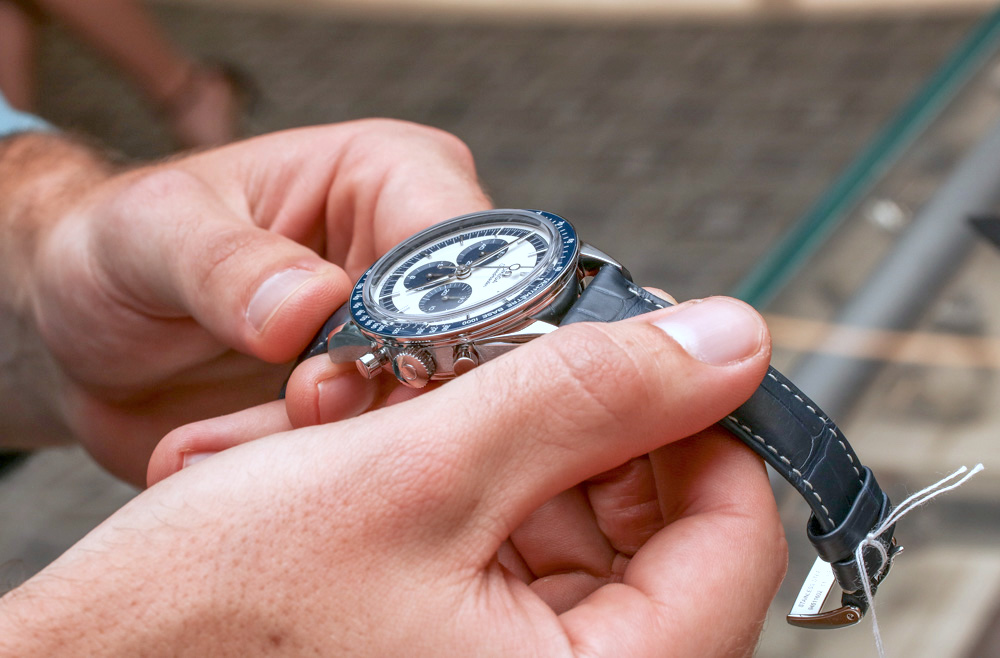How did gold make its transition from ornamental bangle to currency-influencing bullion? How did it become a form of monetary value to such an extent that, in the 21st Century, peer-to-peer lender Unbolted is happy to use it as collateral for a secured asset loan? Here’s our whistle-stop tour of the history of gold as money.
When gold started to be precisely measured out, it began to be used as money. Its enchanting beauty, its scarcity, its amazing density (no other metal other than platinum is as heavy) and the sheer simplicity with which it could be melted, reshaped and measured out were all characteristics that made it an ideal trading medium. Not to put too fine a point on it, gold led to the concept of money itself: it was permanent, portable and private. Along with silver, when pressed into standardised coins, gold began to rapidly replace older barter arrangements, making trade in the Classic period of Greek and Roman rule incomparably easier. It flowed to China for silk and to India for spices.
The first international gold currency, in the form of pure gold coins, was created under the rule of King Croesus of Lydia (present day Turkey) in 564 BC. The King’s goldsmiths improved gold refining methods, which permitted the minting of the world’s first standardised currency: “Croesids” became a universally accepted currency, not least because their pure gold content allowed people to trade with unprecedented confidence.
By AD 1300, the world’s first hallmarking system was devised at London’s Goldsmith’s Hall, the current location of the capital’s Assay Office. Hallmarking was awarded after meticulous scrutiny of the precious metal, guaranteeing its quality and purity. However, 70 years later in 1370, the first crisis for gold as currency struck: many of the major gold mines in Europe had become completely exhausted, resulting in a massive decline in the mining and production of the metal throughout the region. This phenomenon passed into history as “The Great Bullion Famine.” It lasted from 1370-1420.
By 1717, Britain became the first country in history to adopt a de facto pure gold standard, linking the British pound to gold at a fixed rate. A mint price of 77 shillings (10-and-a-half pennies per ounce of gold) became established.
Between 1870 and 1900, all the major countries in the world (excepting China) switched to the gold standard, but by 1939, with the outbreak of the Second World War, the gold market was closed. Following this bloodshed and destruction, the world later returned, under the Bretton Woods agreement, to a fixed system of exchange rates with currencies pegged to the dollar (which was convertible to gold).
This system of fixed exchange rates survived until 1971, when President Nixon famously “closed the gold window” by suspending the US currency from convertibility into gold. At this point, the world became a system of floating exchange rates, which has continued into the present.
Gold may have lost its status as the fixed standard for world currencies, but it has lost none of its appeal as a highly valued precious metal. Which is why, unique in the UK, p2p lender Unbolted is happy to introduce a practise widespread in the Asian finance market: permitting borrowing against gold bullion and jewellery in the form of a secured asset loan.





